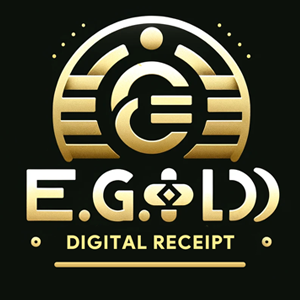Gold coins are highly valuable and sought-after assets, often used as a hedge against economic uncertainty or as collectible treasures. However, the risk of purchasing counterfeit gold coins is a genuine concern for buyers. Fake gold coins can range from convincing replicas to poorly produced counterfeits, so understanding how to test a gold coin for authenticity is crucial.
This guide will walk you through various methods to determine whether a gold coin is fake. These tests include simple at-home checks as well as advanced techniques used by professionals.
Signs That a Gold Coin Might Be Fake
Before performing any tests, you may notice certain red flags that suggest a coin might be fake:
- Unusual Weight or Dimensions: Fake coins may feel too light, too heavy, or have dimensions that don’t match the original specifications.
- Poor Engravings: Counterfeit coins often have blurry or uneven engravings compared to the sharp, precise designs of authentic coins.
- Discoloration or Tarnish: Real gold doesn’t tarnish, rust, or discolor. If you see spots of a different color, it may indicate a gold-plated coin.
- Magnetic Properties: Gold is non-magnetic. If a coin is attracted to a magnet, it’s likely fake.
- Price Too Good to Be True: If the coin is being sold at a price significantly lower than market value, it may be counterfeit.
Simple At-Home Methods to Test Gold Coins
1. The Weight and Dimension Test
Gold coins are minted to precise weights and dimensions. Use a digital scale to weigh the coin and compare its weight to the official specifications. For dimensions, use calipers to measure the coin’s diameter and thickness. If the coin doesn’t match its official weight and size, it may not be genuine.
2. The Magnet Test
Gold is non-magnetic, so it should not be attracted to a magnet. Place a strong magnet (like a neodymium magnet) near the coin. If the coin sticks to the magnet or is attracted to it, it’s fake. Note that some counterfeit coins use non-magnetic metals, so this test alone isn’t foolproof.
3. The Ping Test
Gold coins produce a distinct, high-pitched ringing sound when tapped. To perform this test:
- Place the coin on your fingertip.
- Tap it gently with another coin or a non-metallic object.
- Listen for a clear “ping” sound that lasts for a few seconds. Fake coins often produce a dull or flat tone due to differences in metal composition.
4. Visual Inspection
Using a magnifying glass or jeweler’s loupe, inspect the coin for:
- Sharpness and clarity of engravings.
- Matching design details (e.g., mint marks, text, and year of minting).
- Signs of plating or uneven surfaces.
5. The Float Test
Gold is dense and does not float in water. Place the coin in a glass of water. If the coin floats, it’s fake. However, this test isn’t definitive, as some counterfeit coins may also sink due to their weight.
6. Density Test
Gold has a density of approximately 19.32 g/cm³. To perform a density test:
- Weigh the coin using a scale.
- Submerge the coin in water and measure the amount of water it displaces.
- Divide the weight of the coin by the volume of water displaced to calculate its density. If the result is significantly different from 19.32, the coin is likely fake.
Advanced Methods to Test Gold Coins
1. Acid Test
Gold is resistant to most acids. Gold testing kits contain acids of different strengths that can verify the purity of the coin:
- Rub the coin on a testing stone to leave a streak.
- Apply a drop of acid to the streak.
- Observe the reaction. If the streak dissolves, the coin is not gold. Be cautious with this method, as it can damage the coin.
2. X-Ray Fluorescence (XRF) Analyzer
An XRF analyzer is a professional tool that uses X-rays to determine the metal composition of a coin. It is non-invasive and highly accurate, making it a preferred method for dealers and jewelers.
3. Ultrasound Testing
Ultrasound devices measure how sound waves pass through the coin. Gold has a specific acoustic signature, so deviations can indicate counterfeit materials. This method requires specialized equipment.
4. Specific Gravity Testers
These devices provide a precise measurement of a coin’s density, making it easier to determine if a coin is made of pure gold or an alloy.
5. Spectrometer Analysis
Spectrometers use light to analyze the composition of the coin’s surface and core. This is a highly accurate but expensive method, often used by mints or professional appraisers.
Protecting Yourself from Buying Fake Gold Coins
To minimize the risk of purchasing counterfeit gold coins, follow these tips:
- Buy from Reputable Dealers: Purchase gold coins from trusted dealers with established reputations, such as those affiliated with the Professional Numismatists Guild (PNG) or the American Numismatic Association (ANA).
- Request Certificates of Authenticity: Many mints and dealers provide certificates that verify the coin’s authenticity and purity.
- Research the Coin: Familiarize yourself with the coin’s official specifications, design, and history to spot irregularities.
- Avoid Cash Deals: Transactions made in cash, especially from unknown sellers, can increase the risk of buying counterfeit coins.
- Use Certified Graded Coins: Coins graded by organizations like the Numismatic Guaranty Corporation (NGC) or Professional Coin Grading Service (PCGS) are more likely to be genuine.
FAQs About Testing If a Gold Coin is Fake
1. Can fake gold coins have the correct weight?
Yes, some counterfeiters use metals like tungsten, which mimic the weight of gold but differ in density and other properties.
2. What is the easiest way to test a gold coin at home?
The magnet test and ping test are simple, non-invasive methods you can perform at home.
3. Is gold-plated the same as real gold?
No, gold-plated coins have a thin layer of gold over a base metal and are not considered real gold.
4. Will fake gold coins tarnish?
Yes, fake coins often tarnish or rust over time, whereas real gold does not tarnish.
5. Are counterfeit gold coins common?
Counterfeit coins are increasingly common, especially for high-demand coins like the American Gold Eagle or Krugerrand.
6. Should I use an acid test on valuable coins?
The acid test can damage coins, so it’s best used on less valuable coins or as a last resort. Consult a professional for rare coins.
7. How much does an XRF analyzer cost?
XRF analyzers are professional tools and can cost several thousand dollars. They are typically used by jewelers and dealers.
8. Can professional grading guarantee authenticity?
Yes, coins graded by NGC or PCGS are authenticated and assigned a grade, making them highly reliable for buyers.
9. What should I do if I suspect a coin is fake?
Consult a professional dealer or appraiser who can perform advanced tests to verify the coin’s authenticity.
10. Can I return a fake gold coin to the seller?
If you purchased the coin from a reputable dealer, they may have a return or refund policy. Always verify their policies before purchasing.
Why Testing Gold Coins is Important
Testing gold coins for authenticity is crucial for protecting your financial investment and ensuring the legitimacy of your purchase. Counterfeit gold coins can significantly diminish the value of your collection or portfolio, and reselling fake coins can lead to financial loss and legal issues. With the growing market for gold investments, counterfeiters have become more sophisticated, producing fakes that are increasingly difficult to detect. By learning how to test gold coins properly, you reduce the risk of falling victim to fraud and maintain the value of your assets.
Advanced Testing for Collectors and Investors
For serious collectors and investors, advanced testing tools and services are recommended. Portable XRF analyzers are invaluable for those dealing with high-value coins regularly. While the cost of purchasing an analyzer may be prohibitive for occasional buyers, jewelers, dealers, and professional appraisers offer XRF testing as a service. In addition, ultrasonic testers and spectrometers provide even deeper insights into a coin's internal composition, helping to confirm its authenticity without causing damage. These advanced methods are particularly useful when dealing with rare or historic gold coins, where a counterfeit could represent a significant financial loss.
Common Counterfeiting Techniques
Understanding common counterfeiting techniques can help you identify red flags when evaluating a gold coin. Gold-plating is one of the most common methods, where a thin layer of gold is applied over a base metal like tungsten or copper. These coins may look authentic but will fail tests like the acid test or density test. Alloyed coins, which mix gold with other metals to reduce purity, are another common tactic. Counterfeiters may also produce coins with correct weight but incorrect dimensions, using metals like tungsten to mimic gold's density. Poor craftsmanship, such as blurry engravings, misspelled text, or uneven edges, is a hallmark of low-quality fakes, while high-quality counterfeits may require more advanced testing to identify.
Tips for Avoiding Counterfeit Coins
To avoid counterfeit gold coins, always prioritize due diligence before purchasing. Buying from reputable dealers or auction houses significantly reduces the risk of receiving a fake coin. Avoid purchasing coins from unknown sellers, especially in online marketplaces without buyer protections. Verify the dealer’s credentials and affiliations with industry organizations like the American Numismatic Association (ANA) or the Professional Numismatists Guild (PNG). For high-value coins, request certifications from trusted grading organizations like the Numismatic Guaranty Corporation (NGC) or the Professional Coin Grading Service (PCGS). Familiarize yourself with the official specifications, design, and history of the coin you want to buy, as this will make it easier to spot inconsistencies.
Ensuring the Long-Term Value of Your Gold Coins
Proper storage and maintenance are also critical for preserving the value of authentic gold coins. Use protective cases, capsules, or airtight containers to shield coins from physical damage, moisture, and contaminants. Avoid cleaning gold coins with abrasive materials, as this can damage their surface and reduce their value. Store coins in a secure location, such as a safe or safety deposit box, to protect them from theft. Regularly inspect your collection for any signs of tampering or damage, and consult professionals if you suspect issues with authenticity. When selling or trading coins, provide proper documentation and certifications to maintain buyer confidence.
The Growing Need for Vigilance in the Gold Market
As the demand for gold coins continues to rise, so does the prevalence of counterfeiting. Fake coins are becoming more sophisticated, with counterfeiters using advanced technology to replicate designs, weights, and even security features. This growing risk highlights the importance of educating yourself about testing methods and staying vigilant in the gold market. Joining coin-collecting communities or forums can also provide valuable insights and tips for spotting counterfeit coins. By leveraging both traditional and advanced testing methods, you can confidently navigate the gold market and protect your investments.
Final Thoughts
Testing gold coins for authenticity is an essential skill for both collectors and investors. Whether you’re using simple at-home methods like the magnet test or relying on professional tools like XRF analyzers, verifying the authenticity of your coins ensures that your investments retain their value. Counterfeit gold coins pose a significant risk in today’s market, but by purchasing from reputable dealers, understanding the specifications of your coins, and using appropriate testing techniques, you can minimize these risks. Educating yourself and staying informed about the latest counterfeiting tactics will empower you to make smart decisions and build a valuable, authentic gold collection.
NOTE
This Content is the copyrighted content of EE.GOLD. All rights are reserved. You are welcome to share or use our content only by including direct links to our website. Any other form of reproduction, distribution, or use without proper attribution is strictly prohibited.
This Content is intended solely for educational purposes. The information provided does not constitute financial or investment advice.
Please note that Digital Storage Receipt, Secure Storage Solutions, and Physical Gold Sales are the only services offered by EE.GOLD.
We strictly adhere to government regulations and are firmly against all illegal financial or investment activities globally.
For further inquiries, feel free to contact us through our official channels.

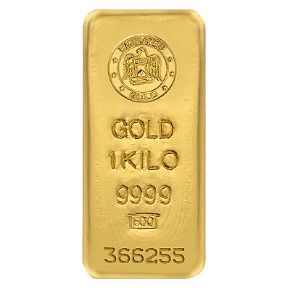
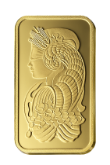
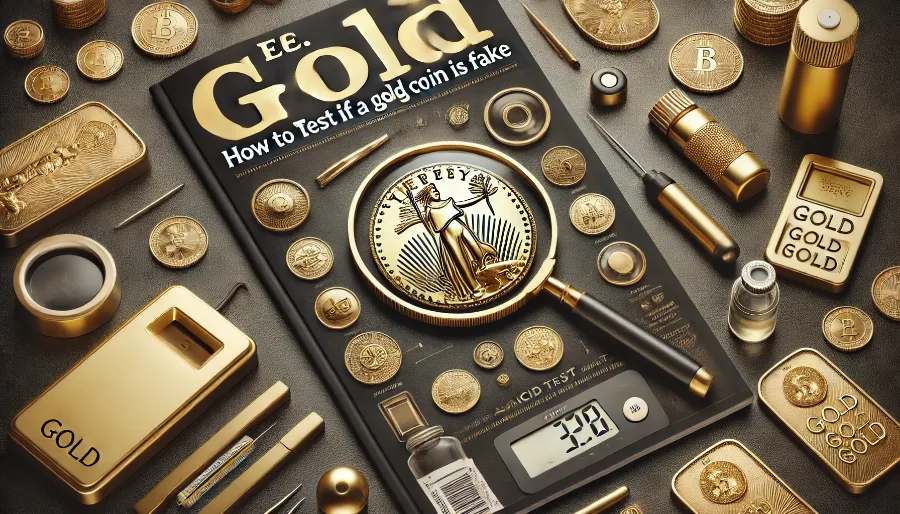
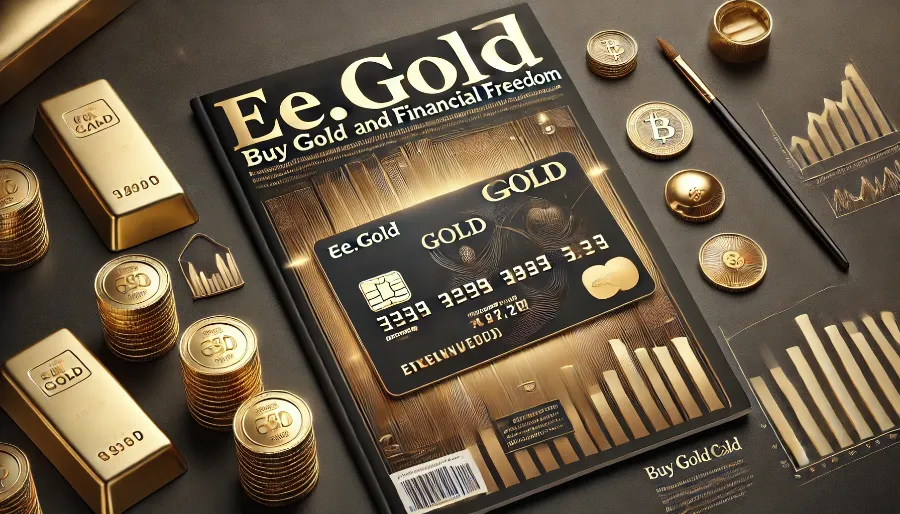
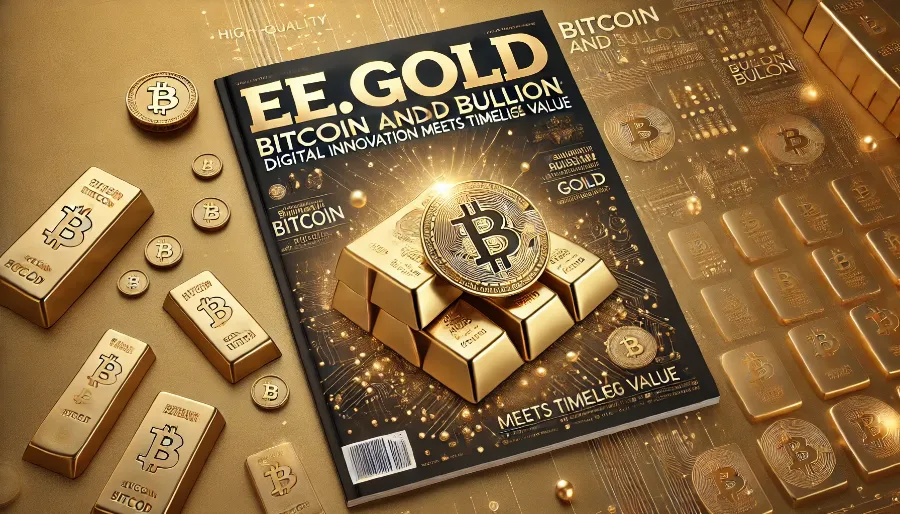
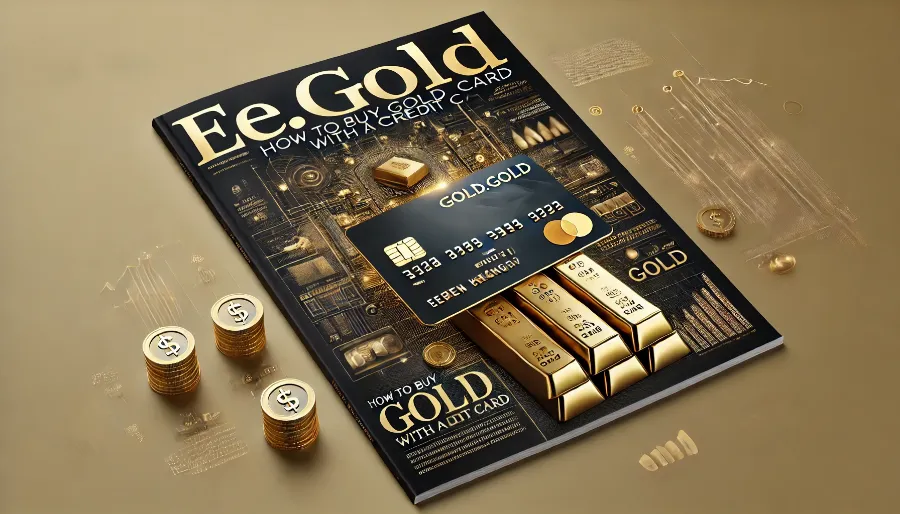
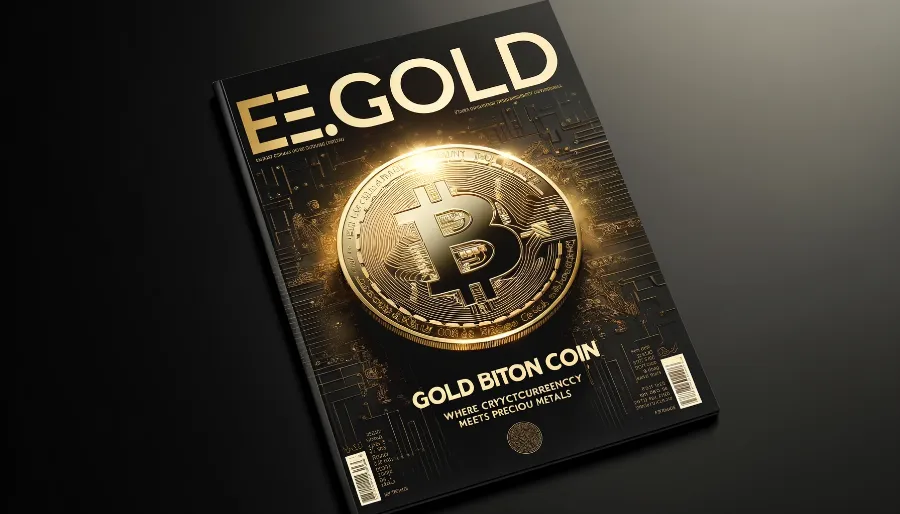
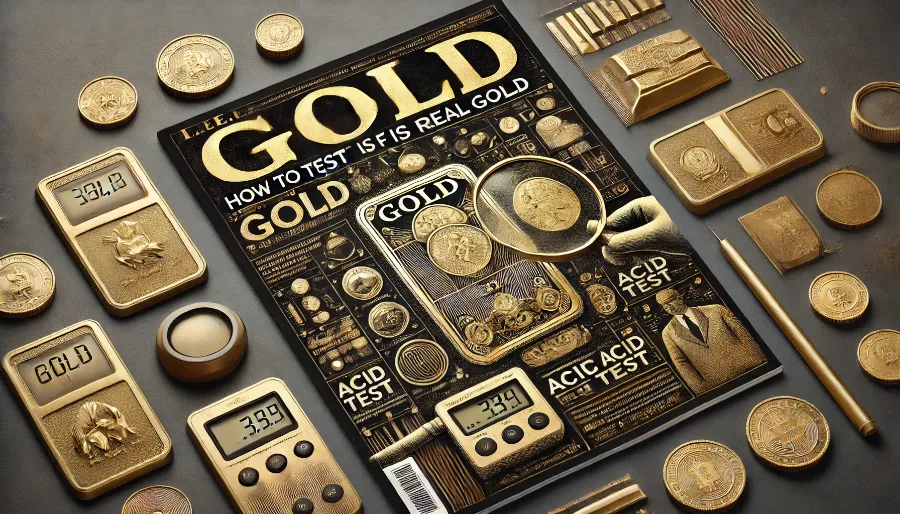
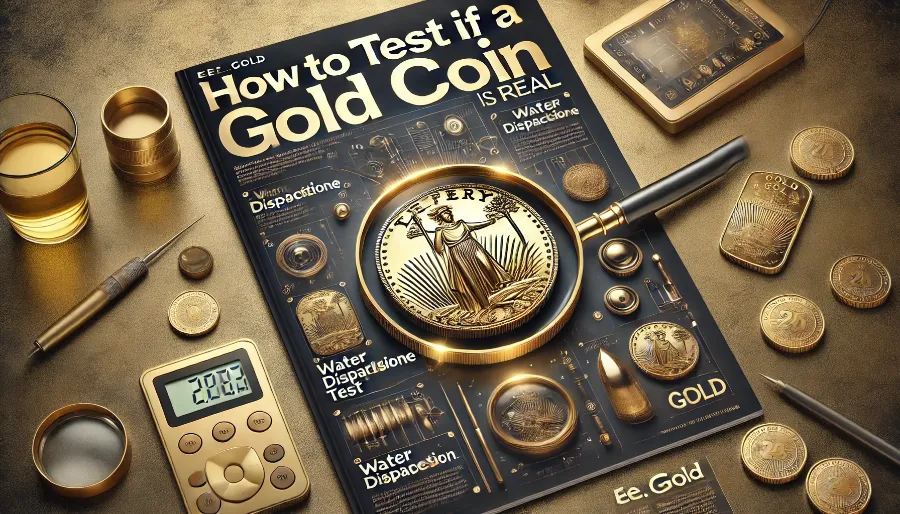
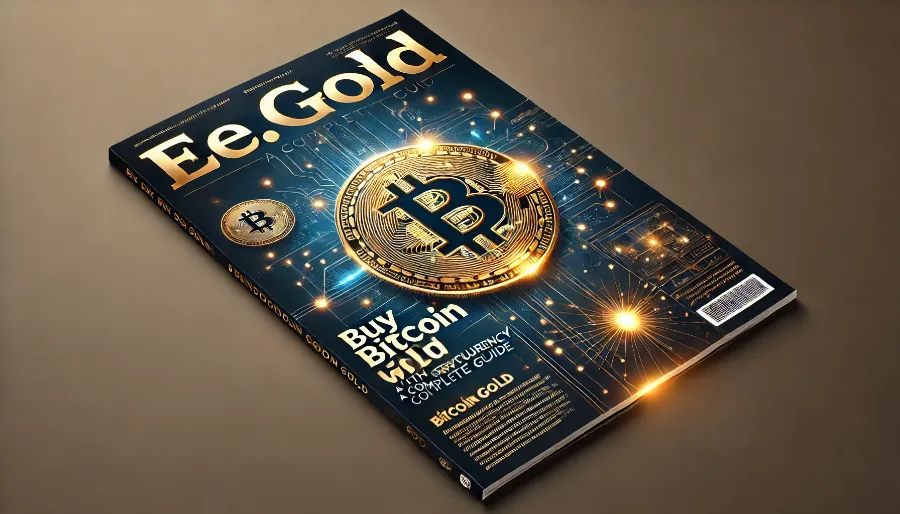
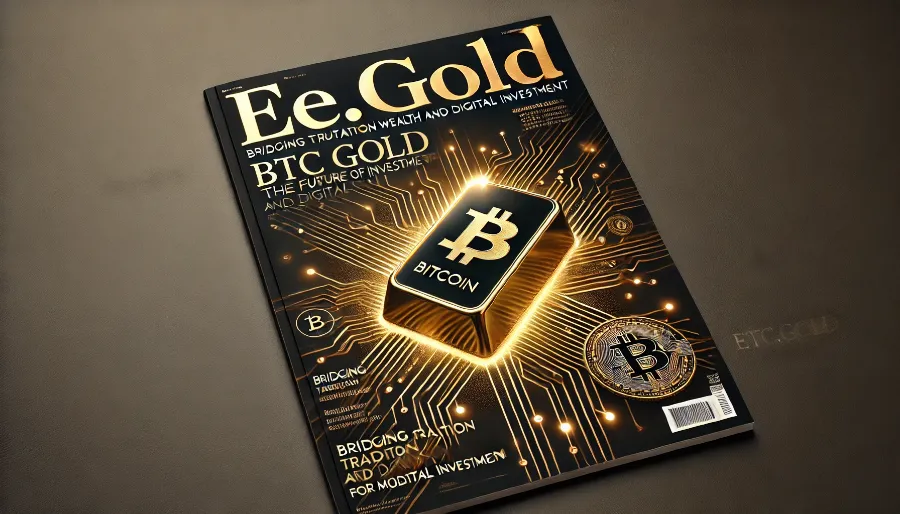
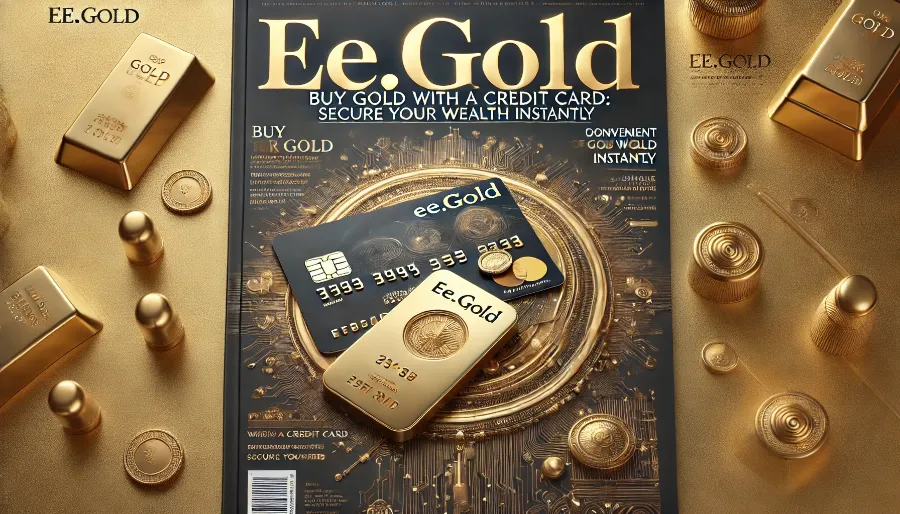



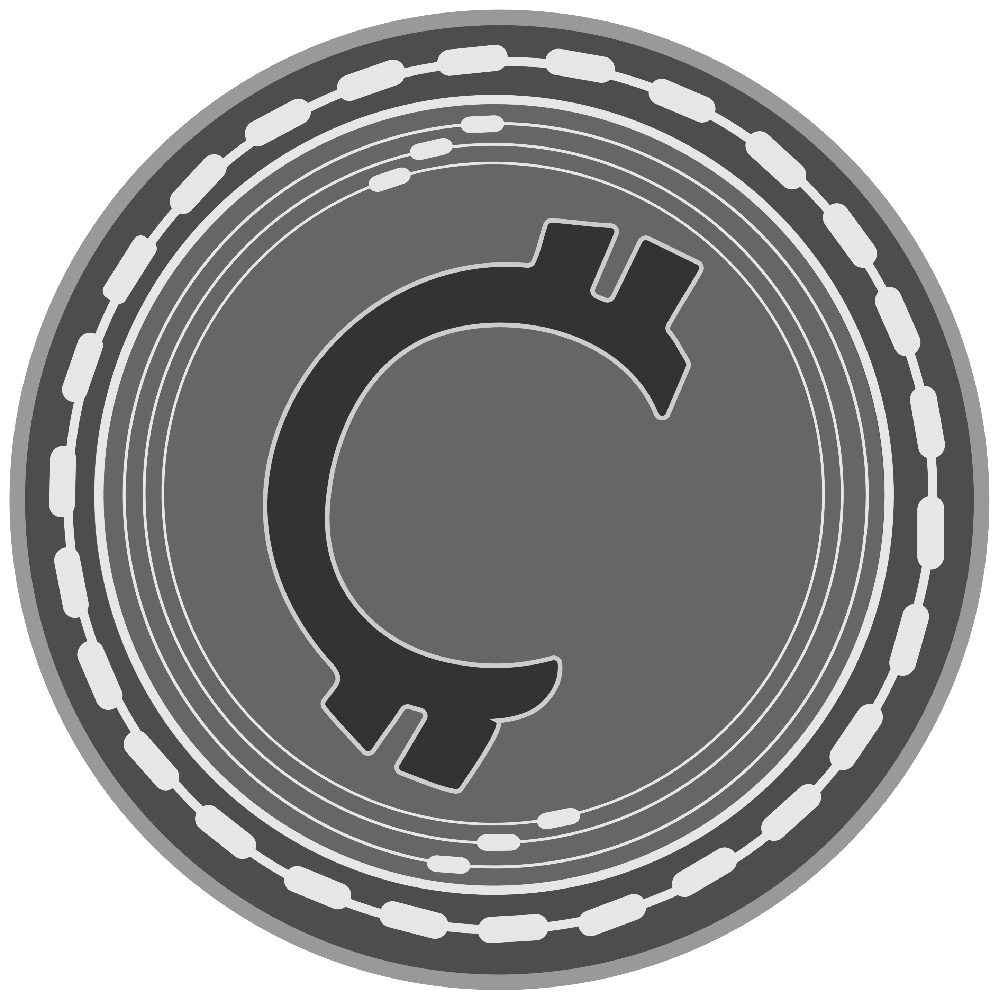
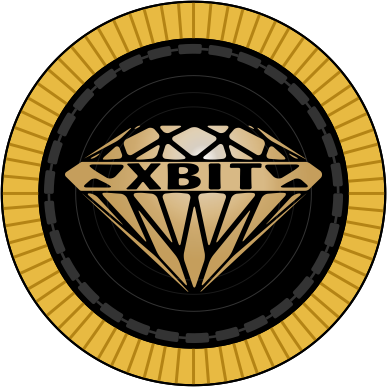


.png)

